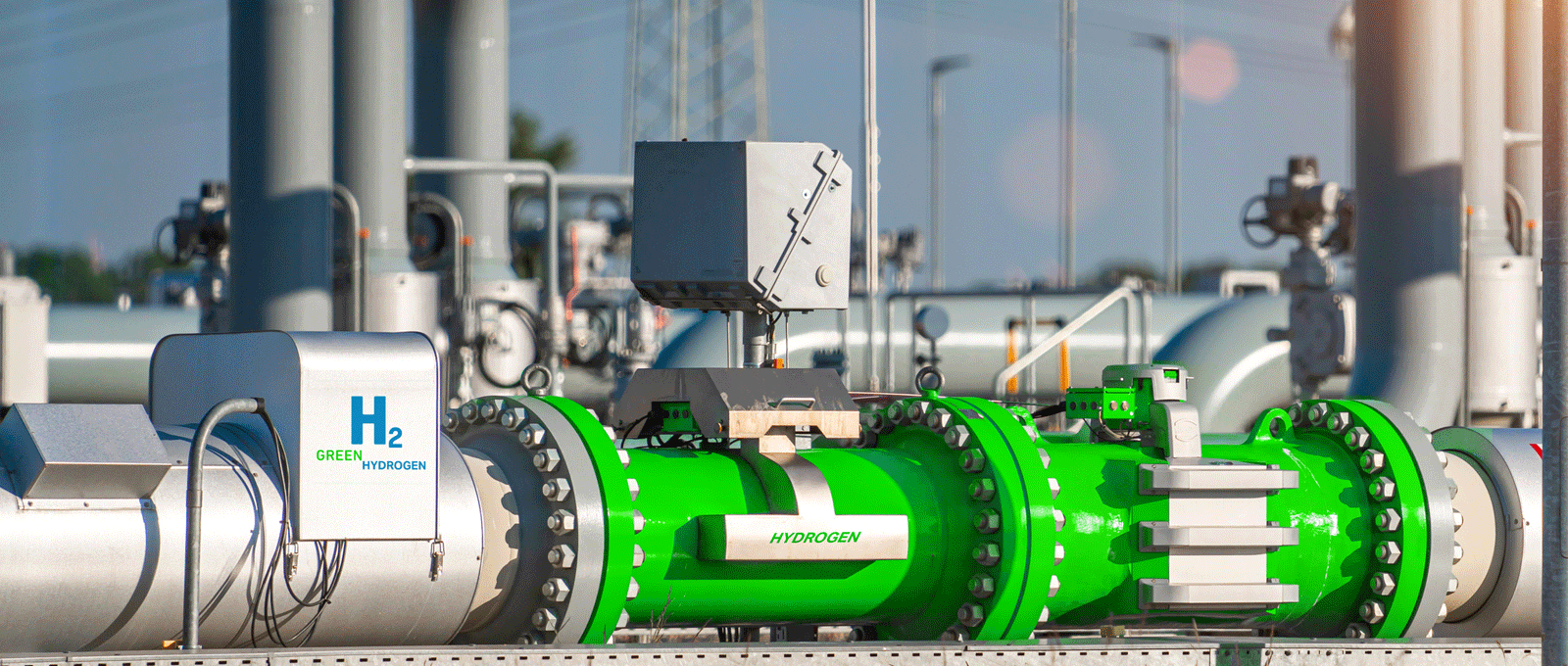The lowdown on green hydrogen
As the climate crisis worsens, the search for new forms of energy becomes increasingly pressing. Alongside renewable energy, nuclear power, biomass, and geothermal energy, hydrogen is considered one of the primary alternatives to our rapidly depleting supply of fossil fuels when it comes to powering our way of life. The race is on to determine which of these alternatives is capable of replacing fossil fuels and how we can begin to transition our energy reliance in a more long-term fashion towards a secure energy future. Hydrogen energy plays a key role in current research and development, with green hydrogen taking center stage.





